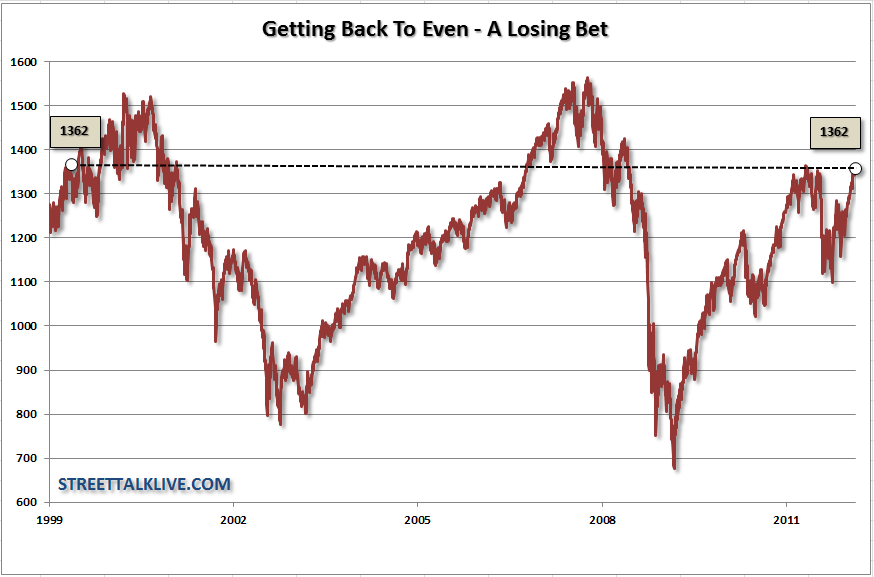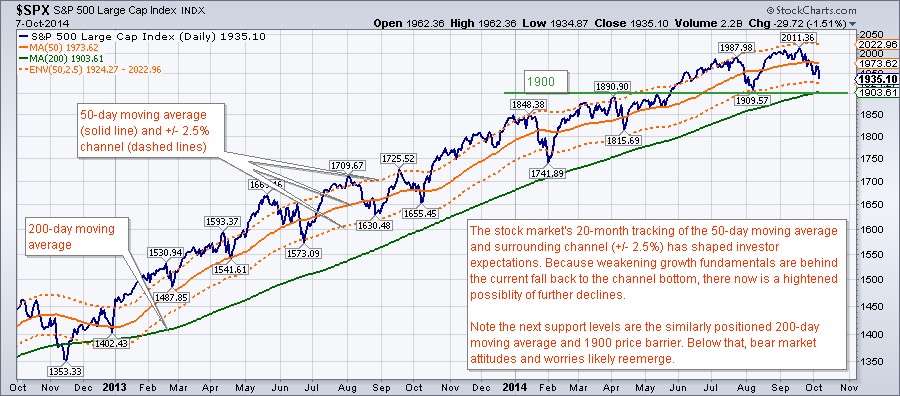Can the stock market rally continue San Diego Investing
Post on: 22 Апрель, 2015 No Comment

Can the rally continue?
Rob English
With the Dow Jones closing above 11,000 for the first time since last May, the question is now being asked, “can the rally continue?” Economists and analysts are split on the answer. The amount of conflicting data in recent months is providing plenty of fodder to both sides of the argument.
The case against a continued rally
The biggest argument against a continued rally is the lack of job growth and increasingly higher underemployment. Economists cite that as less people work, consumer spending slows down. The question that has to be asked is, with unemployment at 9.5%, how is corporate America still posting higher profits? The simple answer is that layoffs are adding to bottom line profits. Revenue may slow, but with reduced employee expenses, profits are still rising. Business cannot layoff their entire workforce and sooner rather than later, profits will start to slow.
On a longer term perspective, many economists fear that with interest rates at historic lows, there is only one way for them to go in the future, and that is up. If rates start to rise, the cost of doing business goes up and borrowing slows. With the U.S. economy based on consumer spending, a slowdown in the purchases of big ticket items would slow down economic growth.
A trader’s perspective against a continued rally points to the run-up of the market since its 2009 lows. With stock prices up 70%, any negative bias in the market could cause profit taking. A more realistic scenario of a market selloff could depend on tax policy. Will capital gains go up next year? And if they do, how many investors will sell this year?
Why a rally will continue
Bulls cite the ability of the market to shrug off slow jobs growth, the trend is in the right direction and businesses have adjusted accordingly. Recent “not so bad” news seems to be built into the market. Although unemployment is too high, it seems to have hit a plateau. With additional Fed easing and stimulus from Washington, jobs growth could start to pick up in 2011.

Market volatility has been going down, and when looking at market trading volume, buyers have been coming back into the market, especially on recent up days. With volatility going down, and buyers coming back, pressure on short sellers could build to the point where they have to start covering their short positions.
On a purely fundamental basis, when you have a zero interest rate environment, earnings going in the right direction and stock valuations on the low end of the scale, the market can only go up.
Can history repeat itself?
Simple historical trends point to the market ending the year higher than it is now. Over the last 50 years, if stocks are up in September, the 4th quarter is up 60% of the time. During a mid-term election years, over the last 20 years, the market was up in the 4th quarter 18 times. These trends may be caused more by psychological reasons than anything else. But how investors feel about the market, like consumer confidence, tends to be leading indicators of future market behavior.
Short term versus long term view
Taking all relevant data into consideration, the market should end the year higher than it is today. The longer term outlook will depend on factors that are not quantifiable at this point. How long will lower interest rates stay? Will taxes go up? How are capital gains and dividends going to be taxed? Will Washington come up with a credible solution to anemic jobs growth? Until these questions are answered, investors may not be willing to invest in the market on a longer term basis but trade the market over the short haul.














